The Tuskawilla Self-Storage Controversy: A Tale of Rezoning and Community Dissent
In the city of Winter Springs, a vibrant controversy has unfolded, pitting local community members and city officials against a proposed self-storage facility. At the heart of the dispute is a parcel of land on Tuskawilla Road, eyed by the developer, David Axel, for the construction of the storage facility. The tension lies not only in the use of the land but also in the stark contrast it presents to the surrounding area, chiefly residential and commercial in nature.
A Call to Action: The Community’s Fight Against Rezoning
The city of Winter Springs holds a charm that its residents fiercely protect. The proposed Tuskawilla Self-Storage project has been viewed by many locals as a significant disruption to the city’s character, as it seeks to convert a land parcel zoned for Industrial and Agriculture use to Planned Development. Several residents voiced their concerns, citing potential diminished home values, a disrupted skyline, and increased traffic, among others.
The community has the right to challenge such rezoning, but the legal battle is tough. Some potential challenges include claims of the location being pedestrian-oriented, the possibility of the site being a brownfield, or that the proposed facility is inconsistent with surrounding residential uses. Nevertheless, these claims need to be substantiated with substantial evidence of harm for them to hold water in a court of law.
There is also the consideration of “spot zoning,” where the zoning amendment is invalid because it is not in accordance with a comprehensive or well-considered plan. However, proving spot zoning is not a simple task and heavily relies on the specifics of the case.
Seminole County Approves Despite Objections
Despite these objections, the Seminole commissioners unanimously approved the storage facility’s development plan. The commissioners cited the land’s long-standing zoning for industrial uses, which does allow for self-storage facilities. The point of contention here is that the city of Winter Springs never made substantial efforts to annex the property into their city and change the zoning.
Commissioners also noted that the landowner and the developer have property rights to develop the land within the county’s regulations. While the city and its residents may have their vision for the area, the property owner has the right to use their land within the established rules and regulations.
Lessons for the Future
This case serves as a reminder of the complex dynamics between local communities, city governments, and property developers. It’s a cautionary tale, emphasizing the importance of cities taking proactive steps to secure lands important for their vision and growth. In this instance, the commissioners suggested that Winter Springs should have either tried to annex the land into the city and changed the zoning or worked with the county on a joint planning agreement.
As the city and its residents navigate the aftermath of this controversial decision, it’s clear that the community’s voice has been heard, even if the outcome wasn’t as desired. The unfolding events surrounding the Tuskawilla Self-Storage serves as a testament to the power of community involvement and the importance of understanding and navigating zoning laws. It’s an ongoing narrative that continues to shape the development landscape of Winter Springs.
Stay tuned for more updates on this development and other local community news in Winter Springs.
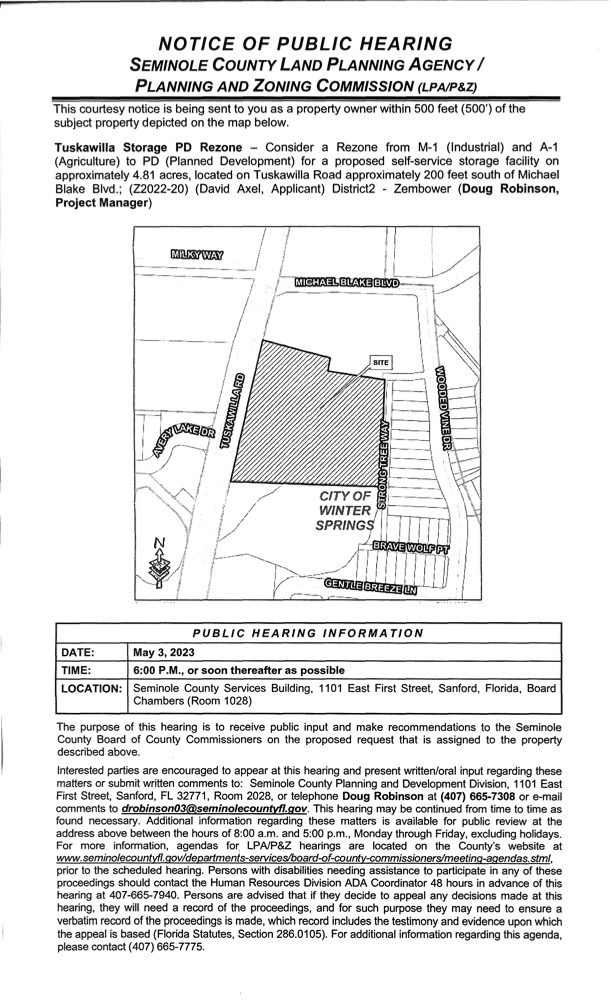
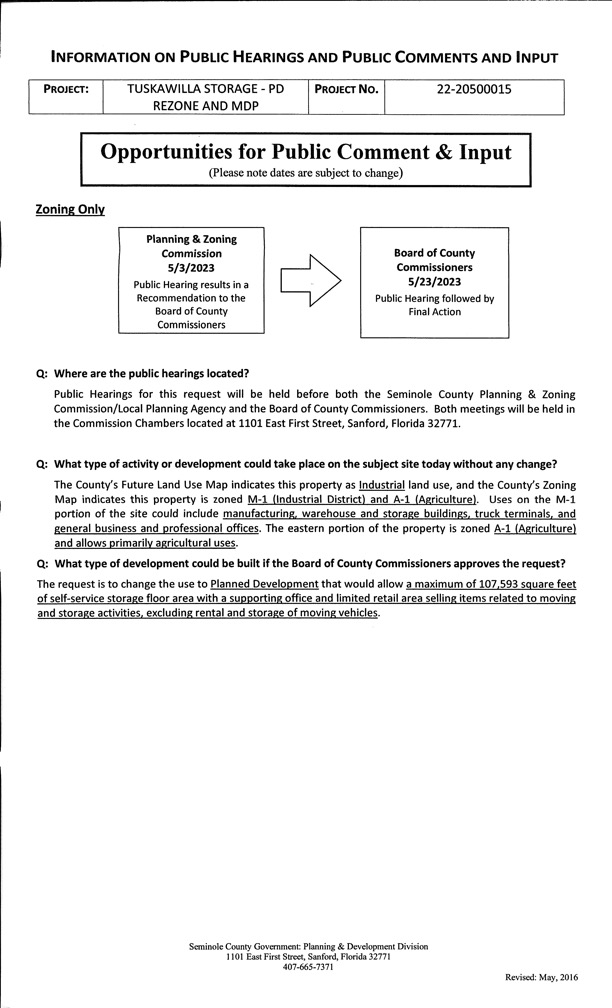
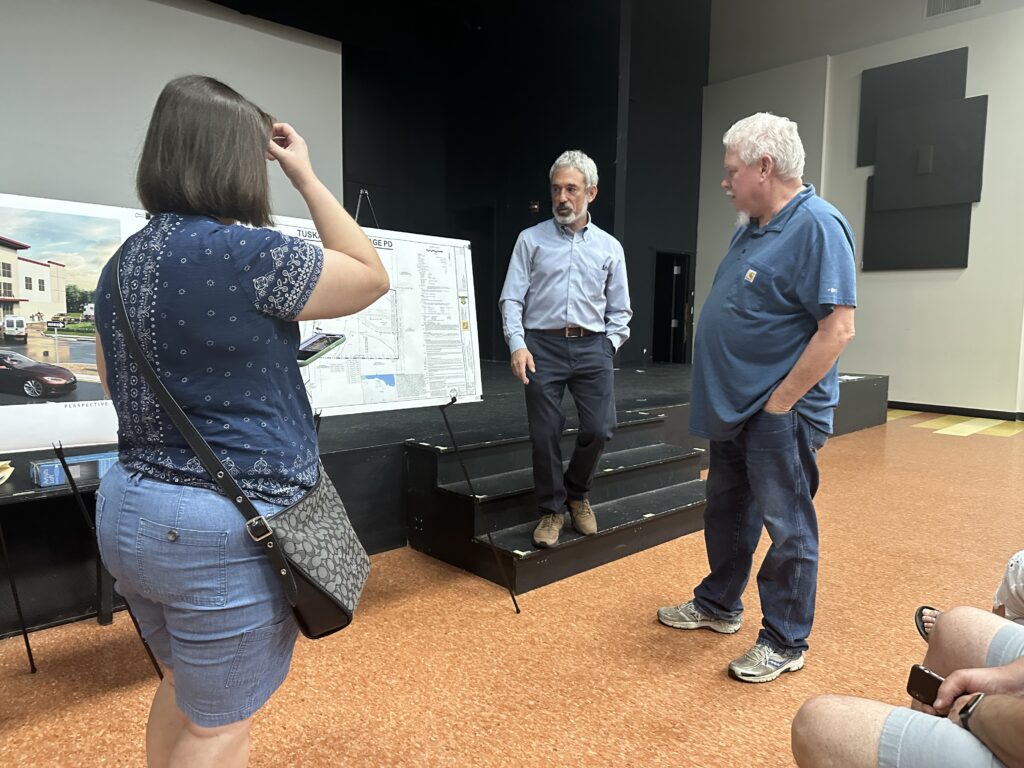
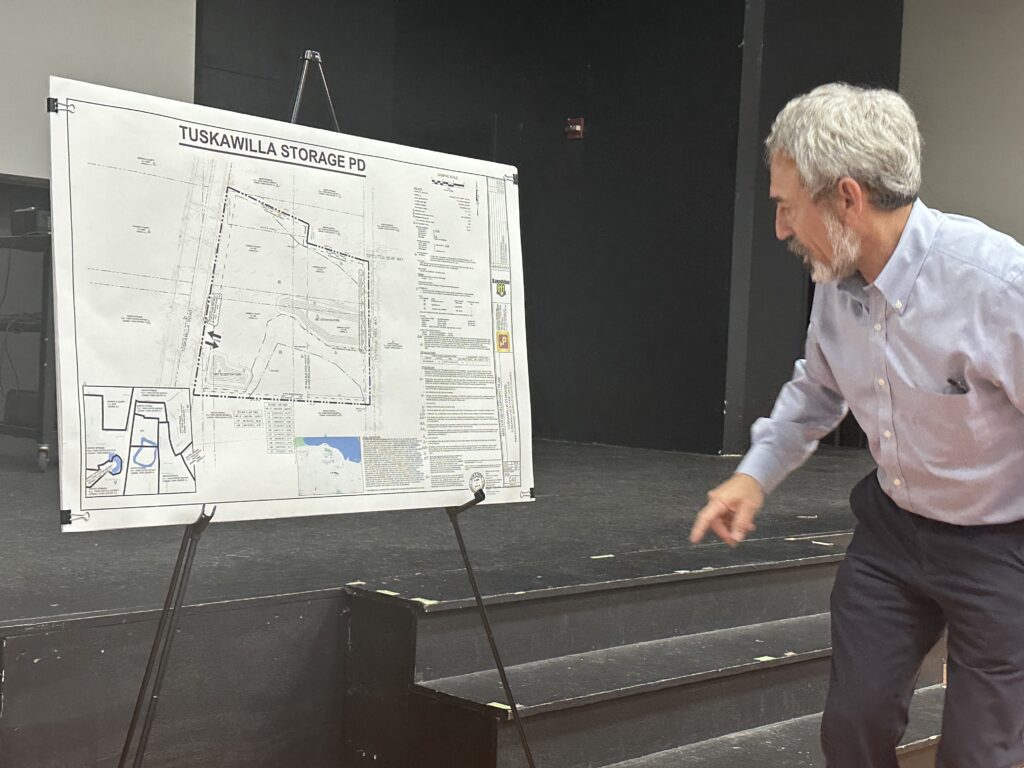
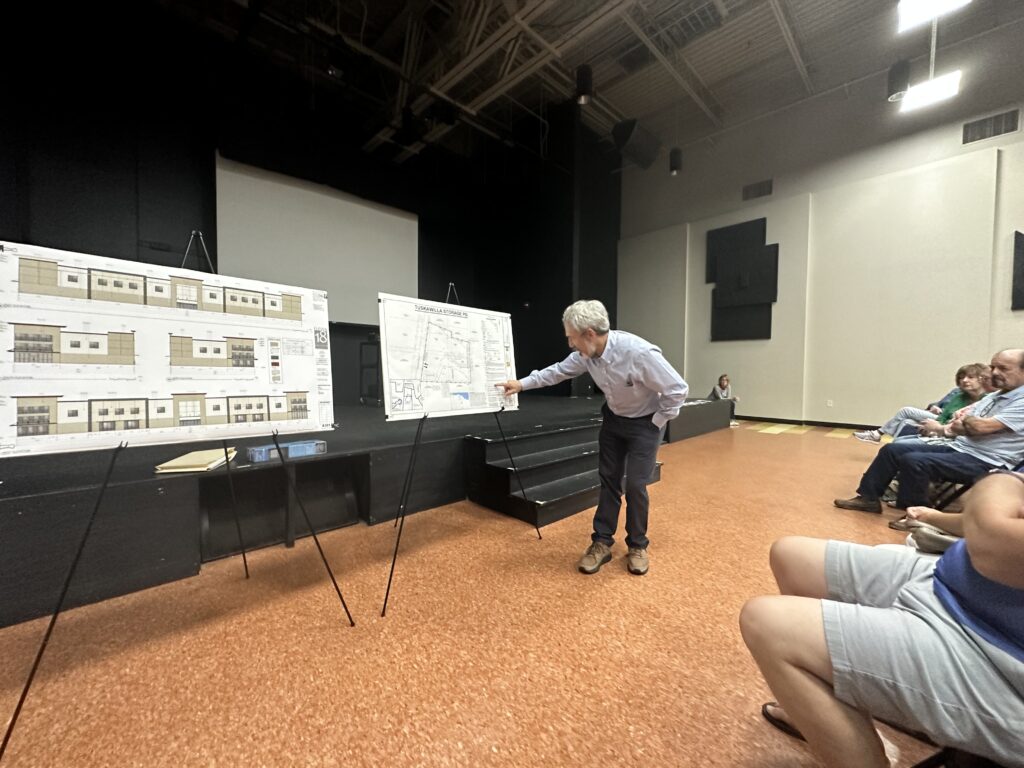
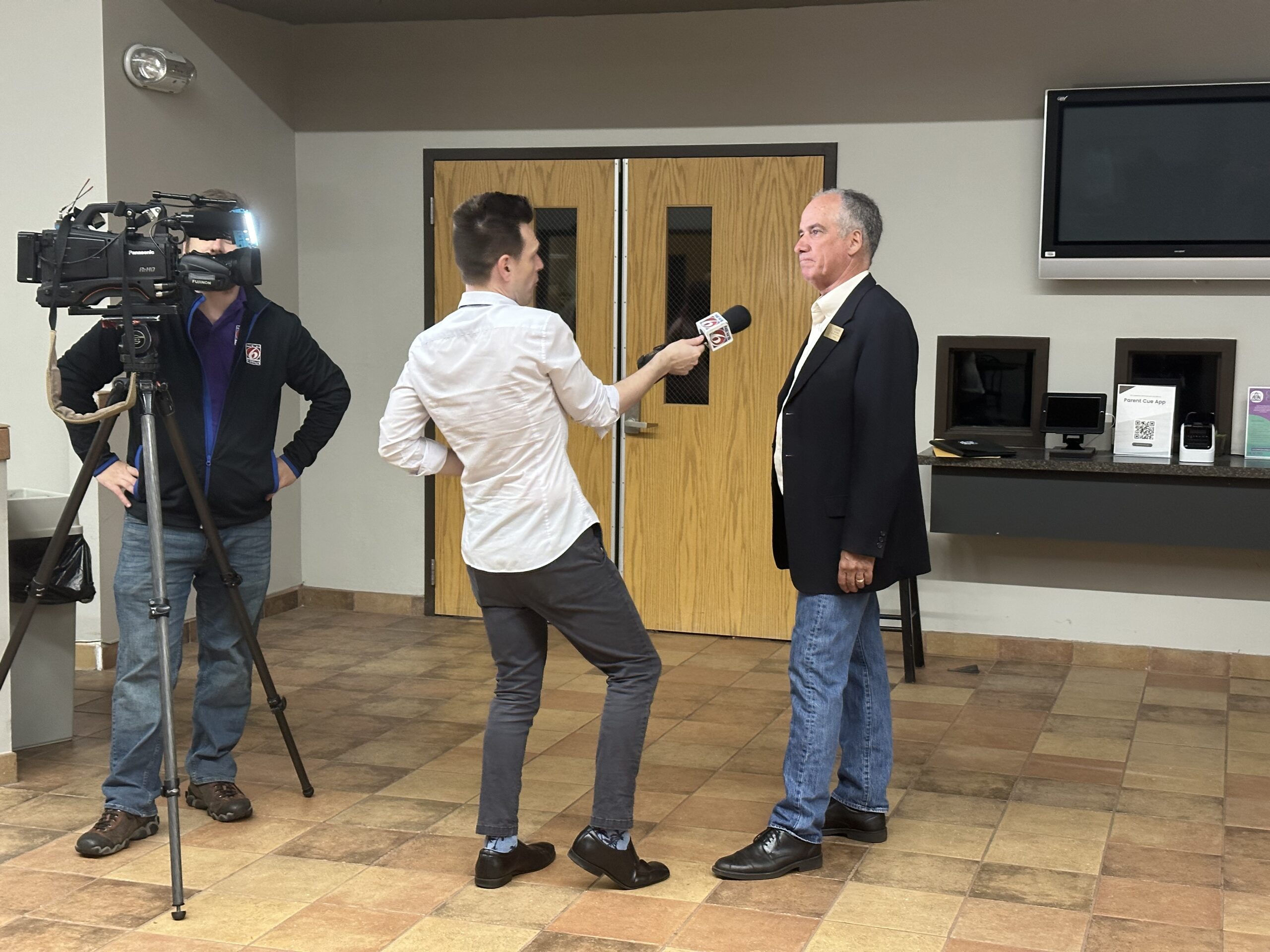
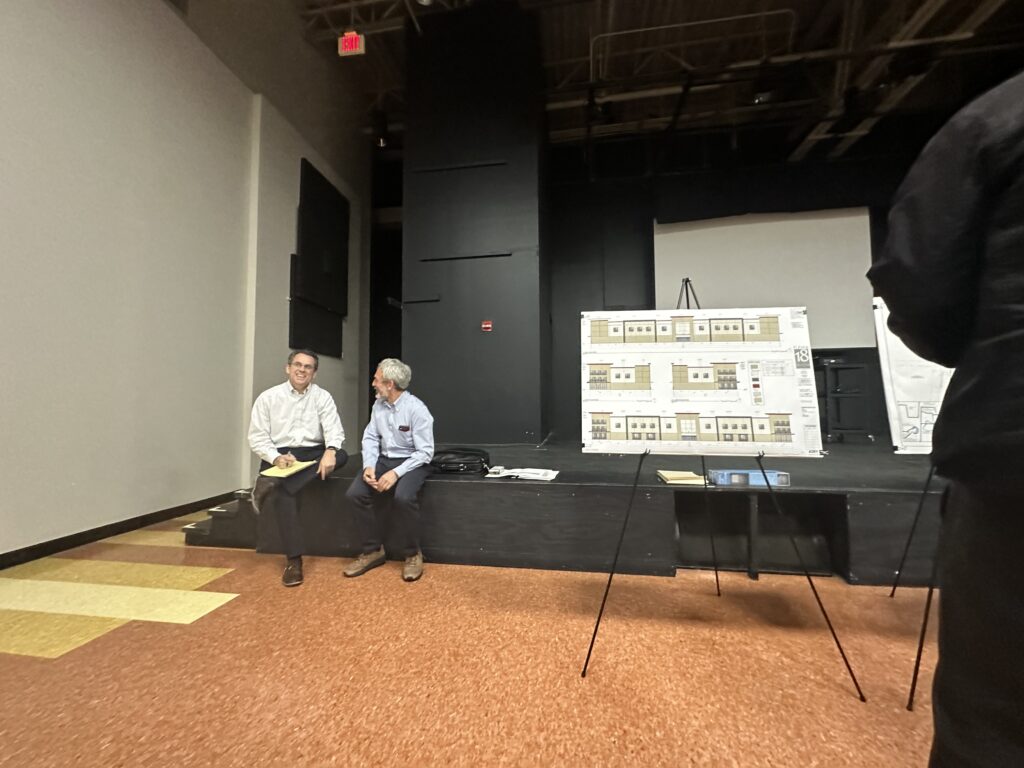
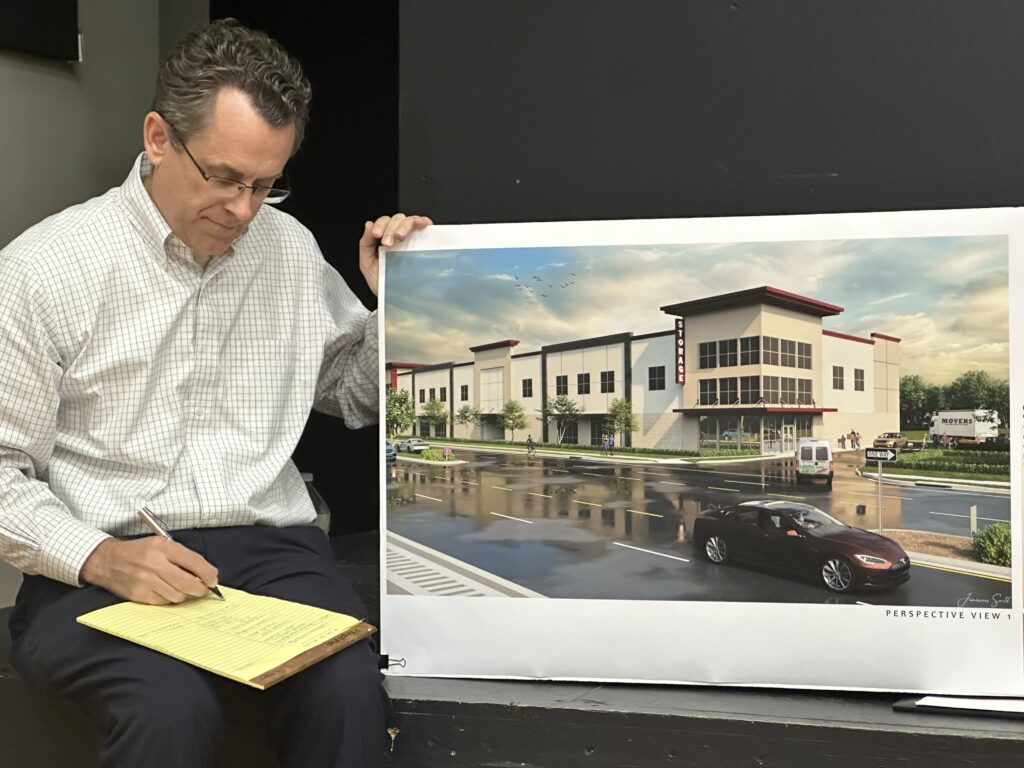
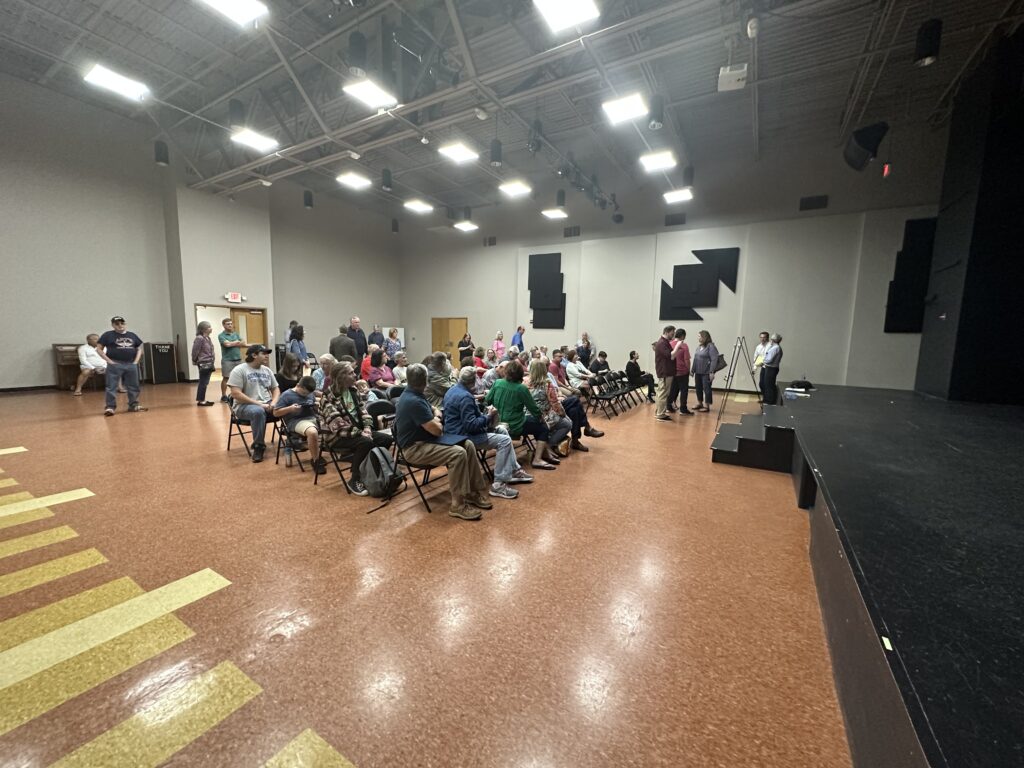
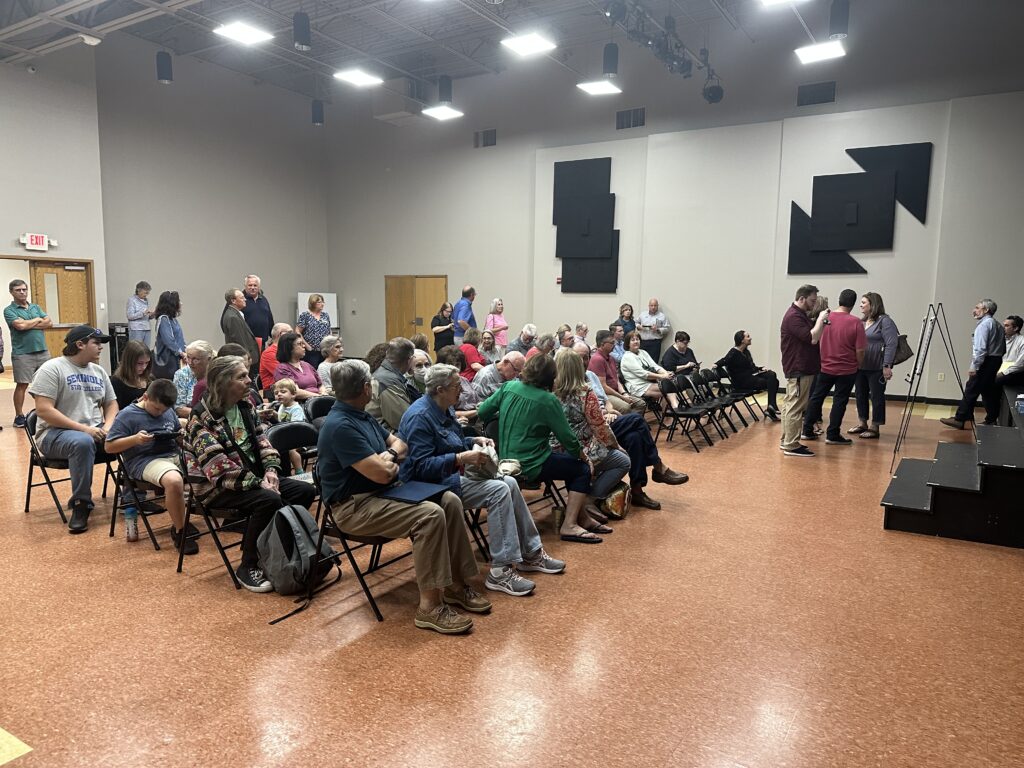
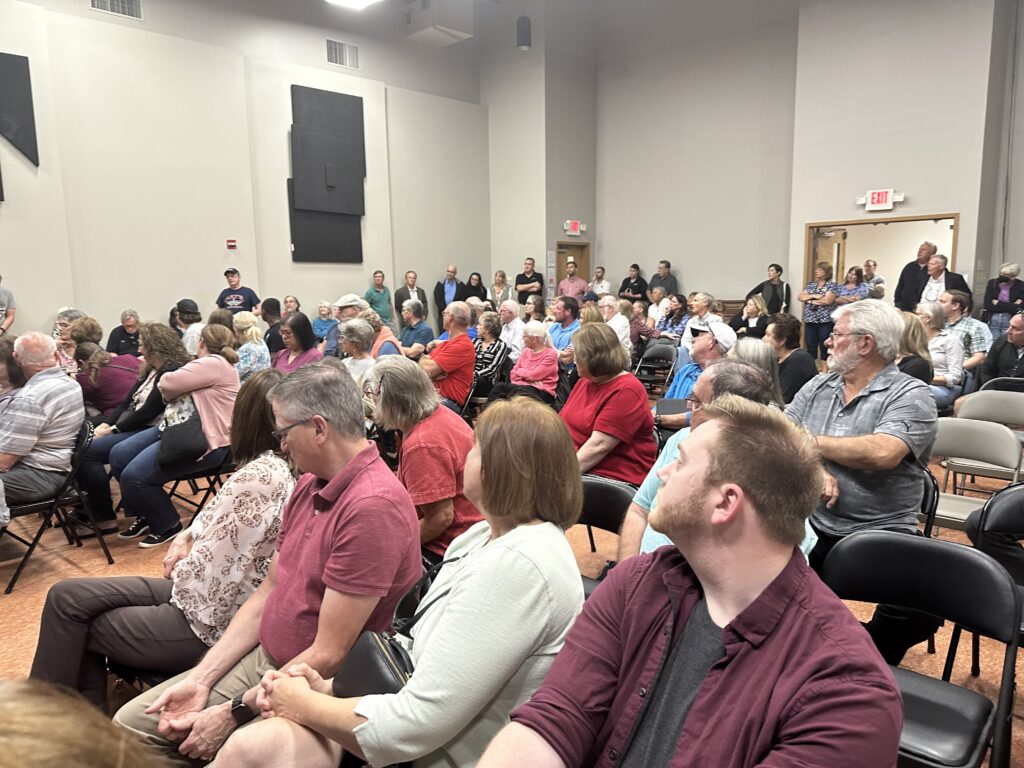









By Rose D Irby
I find the 4 reasons why the zoning change is inappropriate to be reasonable and worth pursuing. However, Florida law applies in this situation rather than the Georgia cases cited in this article. What does Florida law say about this commercial project being located in between three schools, adjacent to residential development and in extremely close proximity to a highly pedestrian oriented live/work/play city center? This needs to direct the strategy in responding to this threat to our local quality of life.